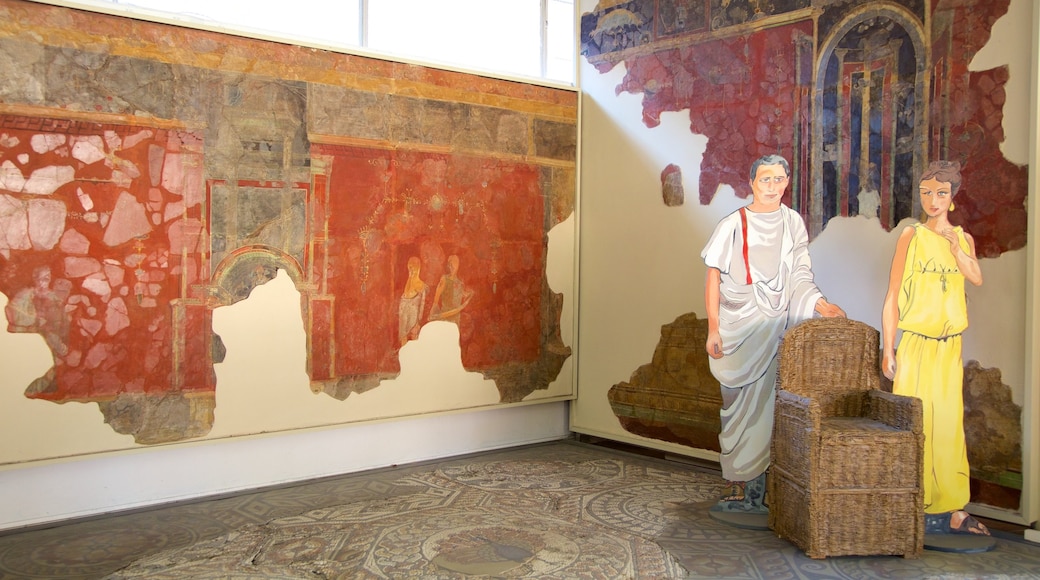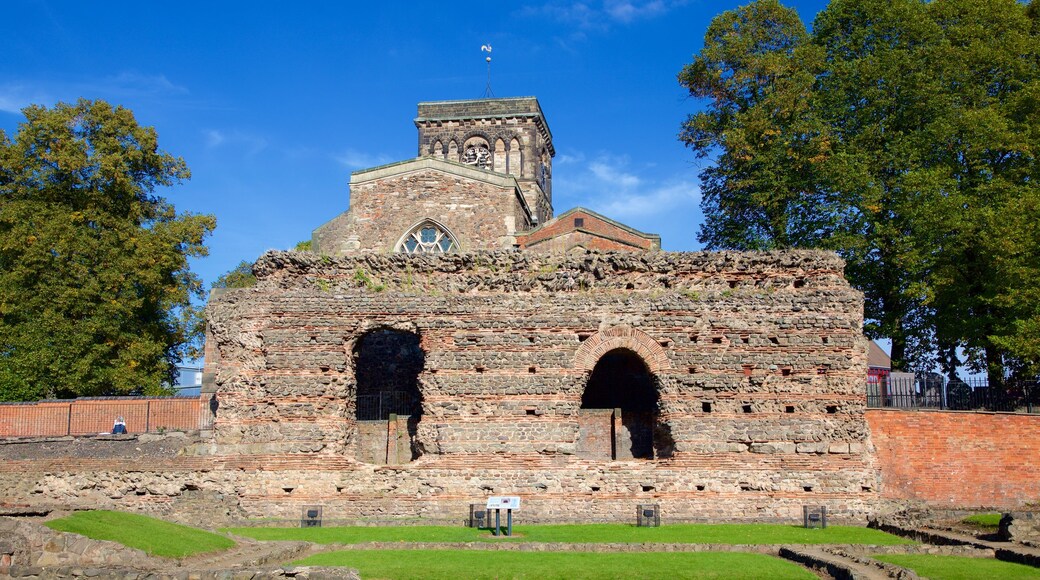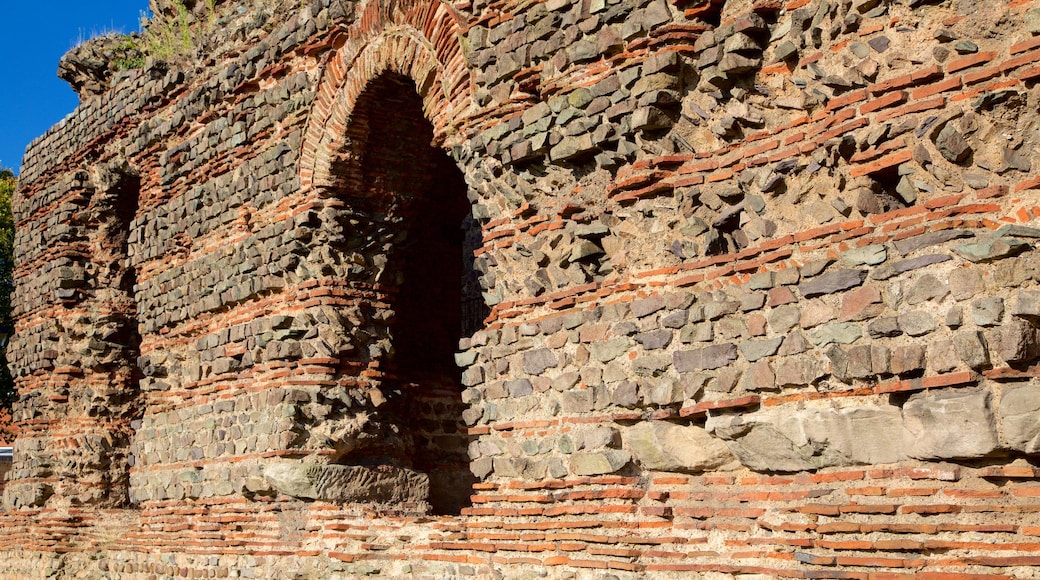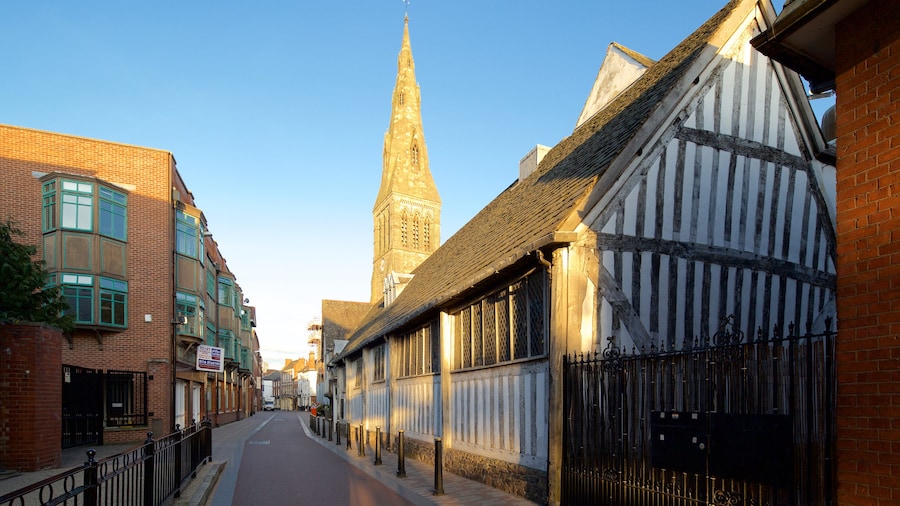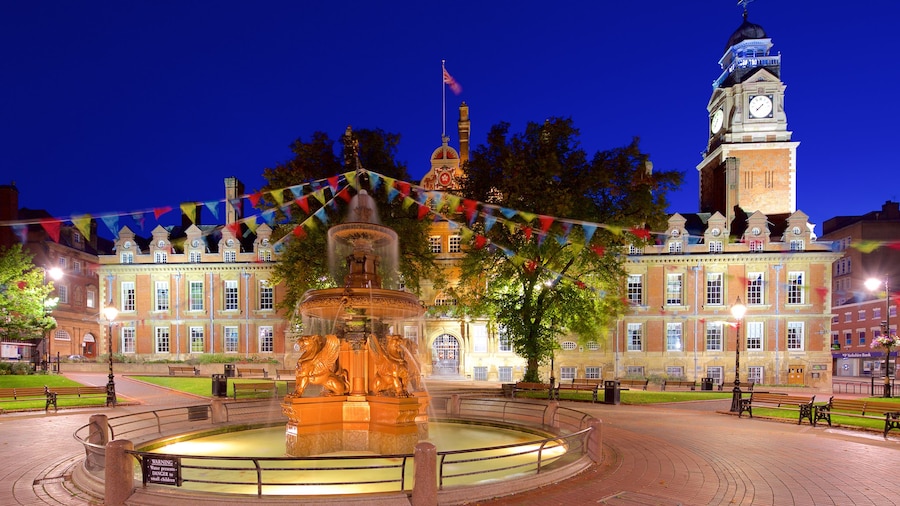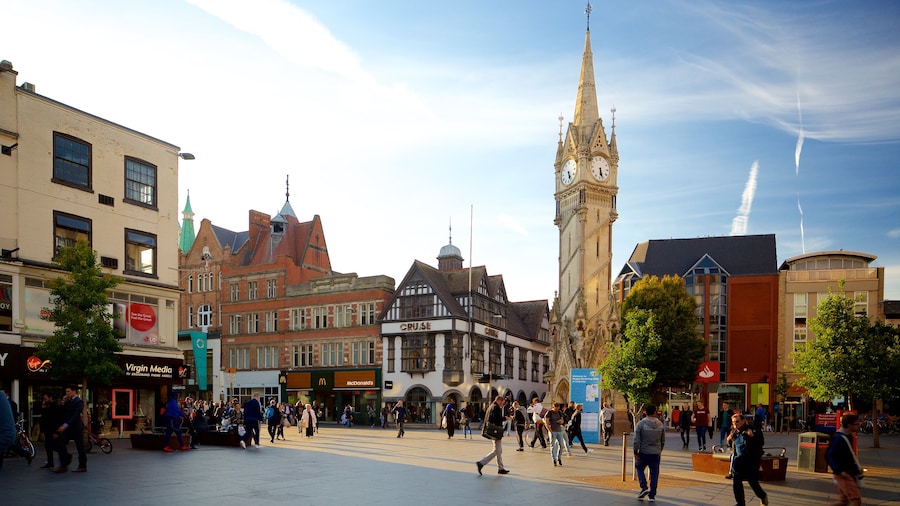Walk amid the ruins of this millennia-old Roman bathhouse and browse the archaeological collections of the adjacent museum.
The Jewry Wall is an impressive landmark and was once an integral aspect of the Roman town of Ratae Corieltauvorum (modern-day Leicester). Constructed in the 2nd century, the wall originally served as part of a collection of public baths. Examine the only visible street-level remnant of Roman-era Leicester.
Standing around 30-feet (9-meters) tall, Jewry Wall is one of the largest existing examples of Roman architecture in Britain. The excavated ruins are comprised of foundations set around neat lawns. Read the signs on-site for information about the various features. Note the use of numerous types of stone, including granite brought from nearby Charnwood Forest.
Look for a set of arches located on the east side of the ruins. In Roman times these would have been flanked by changing facilities and toilets. Try to picture a time when Leicester’s ancient inhabitants would pass through the archways to a cold room after exercising or bathing in hot baths.
Beside the ruins is the Jewry Wall Museum, which has displays that highlight the history of the people of Leicester. Inspect frescoes, mosaics and weapons excavated at Jewry Wall and other Roman sites around the city. Learn about the lifestyles of the city’s residents from prehistoric times through to the medieval period. Find collections of artistic tiles, discovered at the 12th-century Leicester Abbey, and stone tools.
This fascinating Roman remnant is just a short walk west from Leicester’s city center and a 20-minute walk from Leicester Railway Station. Public buses stop close by and parking is available at St. Nicholas Circle. While here, be sure to stop at St. Nicholas’ Church. Decorating the walls of this centuries-old church are tiles believed to be from the Roman baths.
Jewry Wall and Jewry Wall Museum are open daily from February to October. Admission is free. Download an English-language audio guide for the Jewry Wall ruins from the official Visit Leicester website before you go.
